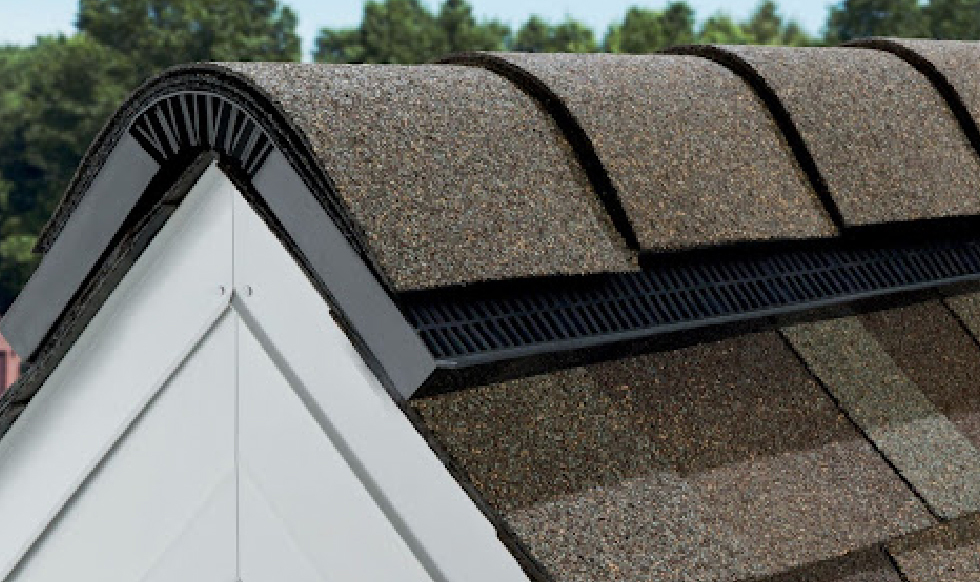Essential Roof Ventilation Tips to Keep Your Home Cool in the Texas Summer Heat
As the summer sun blazes down on North Texas, homeowners often struggle to keep their homes cool without driving up energy costs. The problem? Poor roof ventilation that traps heat inside, making air conditioning work harder and shortening the lifespan of the roof. At DFW Storm Restoration, we help homeowners take control of their roofing systems, ensuring their homes stay cool and efficient even in the peak of summer.
Why Roof Ventilation is Critical for Texas Summers
Without proper ventilation, hot air gets trapped in the attic, leading to:
- Higher energy bills due to increased cooling demand
- Faster roof deterioration caused by excessive heat buildup
- Moisture-related damage, including mold and structural issues
Homeowners feel frustrated, overwhelmed, and unsure of how to fix the issue. But there’s a proven solution that brings relief and long-term benefits.
How to Improve Attic Ventilation to Lower Energy Bills
At DFW Storm Restoration, we believe that every homeowner deserves a roof that works for them, not against them. That’s why we follow a simple yet effective plan:
1. Inspect – We assess your current ventilation system to identify problem areas.
2. Recommend – We provide customized solutions, whether it’s adding ridge vents, soffit vents, or attic fans.
3. Improve – We professionally install and upgrade ventilation to optimize airflow and reduce attic heat.
Different Types of Roof Ventilation Systems
To ensure maximum efficiency, different types of ventilation systems can be used, depending on the structure of the home and climate conditions:
Ridge Vents
Ridge vents run along the peak of the roof and allow hot air to escape from the attic naturally. These vents work best when combined with soffit vents, creating a steady airflow that pushes out hot, stagnant air while drawing in cooler air.
Soffit Vents
Located under the eaves of the roof, soffit vents serve as the intake system for attic ventilation. They allow fresh outdoor air to enter, balancing the attic temperature and preventing moisture buildup.
Gable Vents
Installed on the exterior walls near the roof’s peak, gable vents allow heat to escape from the attic through natural cross-ventilation. While effective, they work best when used in conjunction with other ventilation types for balanced airflow.
Turbine Vents
Also known as whirlybird vents, turbine vents use wind power to spin and actively pull hot air out of the attic. These vents are effective in areas with consistent wind flow and require minimal maintenance.
Power Attic Fans
Electric or solar-powered attic fans actively remove hot air from the attic, offering a significant boost in cooling efficiency. These fans are ideal for homes in extremely hot climates where passive ventilation may not be enough.
Box Vents
Box vents, also called static vents, are placed on different parts of the roof to release heat and moisture. They rely on natural convection and are typically used in conjunction with soffit vents for maximum effectiveness.
The Benefits of Proper Roof Ventilation
With a well-ventilated roof, homeowners enjoy:
- Lower energy costs by preventing excess heat buildup
- A longer-lasting roof that withstands extreme temperatures
- Improved indoor comfort with balanced temperatures year-round
How DFW Storm Restoration Can Help
Ignoring roof ventilation issues can lead to costly repairs and unbearable indoor temperatures. But with DFW Storm Restoration, you have an expert team ready to solve the problem.
Check out our guide on storm damage roof inspections to ensure your home is prepared for extreme weather.
Schedule a Free Roof Ventilation Inspection Today!
Visit www.dfwstormrestoration.com to schedule an assessment and ensure your home stays cool and protected this summer.
At DFW Storm Restoration, we don’t just fix roofs—we give homeowners peace of mind.

